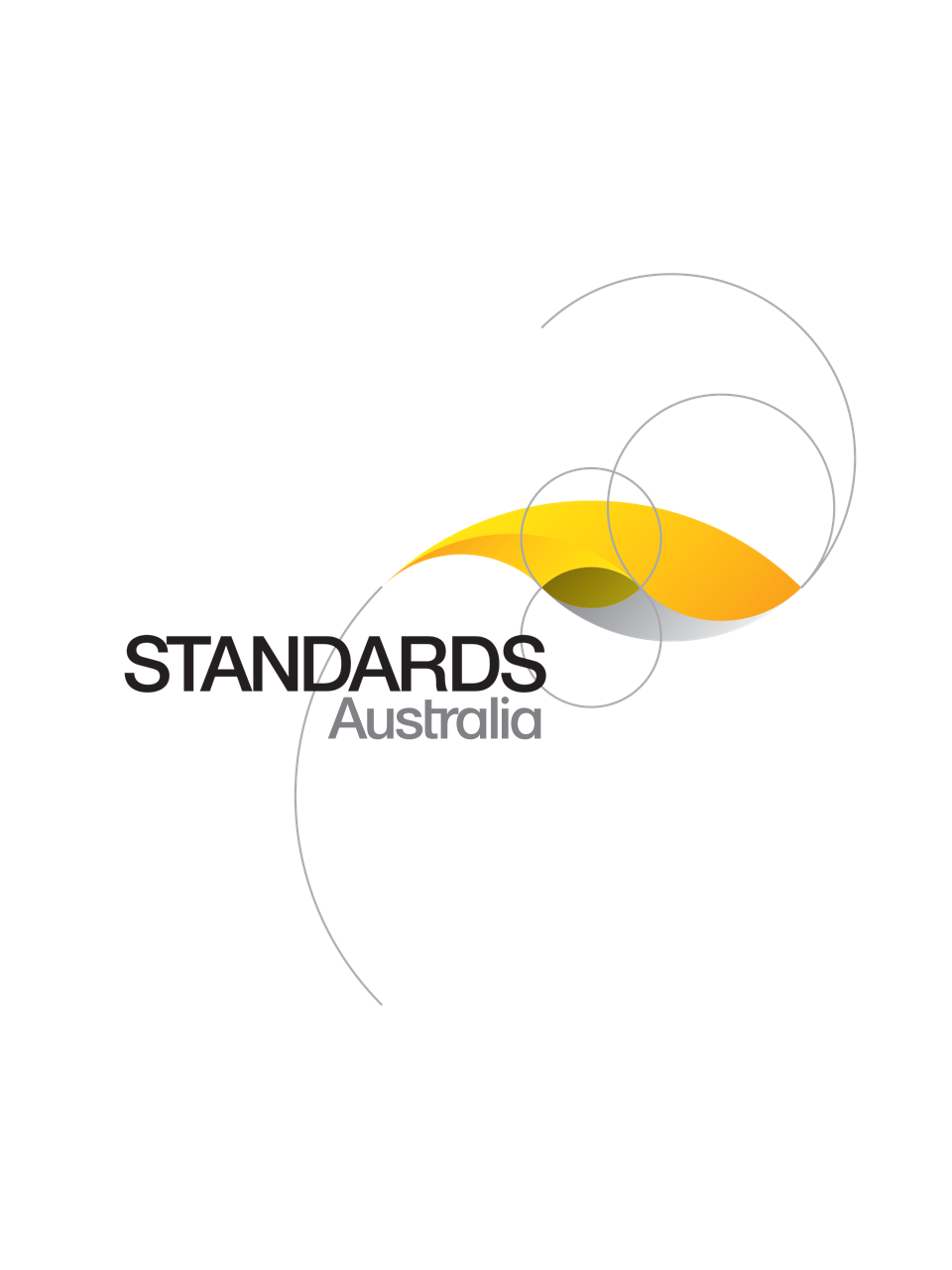Standard
Track updates
AS 6183:2025
[Current]Fire protection equipment - Carbon dioxide extinguishing systems for use on premises - Design and installation (ISO 6183:2022, MOD)
AS 6183:2025 adopts and modifies ISO 6183:2022, which specifies requirements and gives recommendations for the design, installation, testing, maintenance and safety of fixed carbon dioxide firefighting systems in buildings, plants or other structures
Published: 21/03/2025
Pages: 73
Table of contents
Cited references
Content history
Table of contents
Header
About this publication
Preface
Foreword
Introduction
1 Scope
2 Normative references
3 Terms and definitions
3.21 Terms related to occupied and unoccupiable areas
4 Use and limitations
4.1 General
4.2 Uses for carbon dioxide systems
4.3 Limitations for carbon dioxide systems
4.4 Temperature limitations
5 Safety
5.1 Hazard to personnel
5.2 Safety precautions
5.2.1 Normally occupied and normally unoccupied areas
5.2.2 Warning notices for occupiable areas
5.2.3 Warning notices for unoccupiable areas
5.3 Electrical hazards
5.4 Electrical earthing
5.5 Electrostatic discharge
6 System design
6.1 General
6.1.1 Introduction
6.1.2 Specifications
6.1.3 Working documents
6.2 Carbon dioxide supply
6.2.1 Quality
6.2.2 Quantity
6.2.2.2
6.2.3 Container arrangement
6.2.3.1 General requirements
6.2.3.2 Conditions for the storage of pressurized containers
6.2.3.3 Arrangement for high-pressure containers
6.2.4 Storage containers
6.2.4.1 General
6.2.4.2 Marking
6.2.4.3 High-pressure containers
6.2.4.4 Low-pressure containers
6.2.4.5 Operating temperatures
6.3 Distribution
6.3.1 General
6.3.2 Piping
6.3.3 Fittings
6.3.4 Pipe and valve support
6.3.5 Valves
6.3.6 Nozzles
6.3.6.1 Nozzle choice and location
6.3.6.2 Nozzles in ceiling tiles
6.3.6.3 Marking
6.4 Enclosures (total flooding)
6.4.1 Structural strength
6.4.2 Loss through openings
6.4.3 Ventilation systems
6.5 Detection, actuation and control systems
6.5.1 General
6.5.2 Shut-down of plant and equipment
6.5.3 Automatic detection
6.5.4 Operating devices
6.5.4.1 General
6.5.4.2 Automatic operation
6.5.4.3 Manual operation
6.5.4.4 Pilot operation
6.5.5 Control equipment
6.5.5.1 Electric control equipment
6.5.5.2 Electrical actuators
6.5.5.3 Pneumatic control equipment
6.5.5.4 Mechanical cable release systems
6.5.6 Audible alarms and visual indicators
6.6 Local control (LC) and local control stations (LCS)
7 Carbon dioxide flow and concentration calculations
7.1 General
7.2 System flow calculations
7.2.1 General
7.2.2 Friction losses
7.2.3 Pressure drop
7.2.4 Valves and fittings
7.2.5 As-installed calculations
7.2.6 Specific requirements
7.3 Carbon dioxide concentration requirements
7.3.1 Flame extinguishment
7.3.2 Inerting
7.4 Total flooding quantity
7.4.1 General
7.4.2 Design quantity
7.4.3 KB factor
7.4.3.1 General
7.4.3.2 Effect of ventilation systems that cannot be shut down
7.4.3.3 Effect of openings (see 7.4.2)
7.4.3.4 Effect of enclosure temperature
7.4.3.5 Simultaneous flooding of interconnected volumes
7.5 Design of local application systems
7.5.1 General
7.5.2 Carbon dioxide requirements
7.5.3 Rate by area method
7.5.3.1 General
7.5.3.2 Nozzle discharge rates
7.5.3.3 Area per nozzle
7.5.3.4 Location and number of nozzles
7.5.4 Rate by volume method
7.5.4.1 General
7.5.4.2 Assumed enclosure
7.5.4.3 System discharge rate
7.5.4.4 Location and number of nozzles
7.6 Duration of protection — total flooding systems
7.7 System performance
7.7.1 Discharge time
7.7.2 Extended discharge
8 Commissioning and acceptance
8.1 General
8.2 Tests
8.2.1 General
8.2.2 Enclosure check
8.2.3 Review of mechanical components
8.2.4 Review of enclosure integrity
8.2.5 Review of electrical components
8.2.6 Preliminary functional tests
8.2.7 System functional operational test
8.2.8 Remote monitoring operations (if applicable)
8.2.9 Control panel primary power source
8.2.10 Completion of functional tests
8.3 Completion certificate and documentation
9 Inspection, maintenance, testing and training
9.1 General
9.2 Inspection
9.2.1 General
9.2.2 Container
9.2.3 Hose
9.2.4 Enclosures
9.3 Maintenance
9.3.1 General
9.3.2 User’s programme of inspection
9.3.3 Service schedule
9.4 Training
Appendix A
A.1 General
A.2 Working documents
A.3 Specific details
A.3.1 Pre-engineered systems
A.3.2 Engineered systems
A.4 Completion certificate and documentation
Appendix B
Appendix C
Appendix D
D.1 General
D.2 Free efflux
D.3 Hazards to personnel
Appendix E
E.1 Rate by volume method — Example 1
E.1.1 Hazard
E.1.2 Actual dimensions
E.1.3 Assumed volume
E.1.4 Percent perimeter enclosed
E.1.5 Discharge rate for 71 % enclosure
E.1.6 Discharge rate
E.1.7 Carbon dioxide requirement
E.2 Rate by volume method — Example 2
E.2.1 Hazard
E.2.2 Actual dimensions
E.2.3 Assumed volume
E.2.4 Percent perimeter enclosed
E.2.5 Discharge rate for 0 % enclosure
E.2.6 Discharge rate
E.2.7 Carbon dioxide requirement
E.3 Rate by area method
E.3.1 Hazard
E.3.2 Surface dimensions
E.3.3 Nozzle location
E.3.4 Procedure
E.3.5 Total flow rate
E.3.6 Carbon dioxide requirement
E.4 Total flooding system
E.4.1 Storeroom
E.4.2 Actual dimensions
E.4.3 Assumed volume
E.4.4 Additional volume for ventilation
E.4.5 Deductible volume
E.4.6 Total surface area of all sides
E.4.7 Total surface area of all openings
E.4.8 Area
E.4.9 Carbon dioxide design quantity
Bibliography
Cited references in this standard
[Current]
Fire detection and alarm systems — Part 2: Fire detection control and indicating equipment
[Current]
Ergonomics — Danger signals for public and work areas — Auditory danger signals
ISO 14520-1:—
Gaseous fire-extinguishing systems — Physical properties and system design — Part 1: General requirements
One-time Purchase
Access via web browser on any device
One-time purchase
Single publication
Offline access via PDF^
$242.19 AUD
Inclusive of GSTFormat *
Web Reader
Licenses *
1 License (for yourself - not shareable)
Total$242.19 AUD
IMPORTANT
